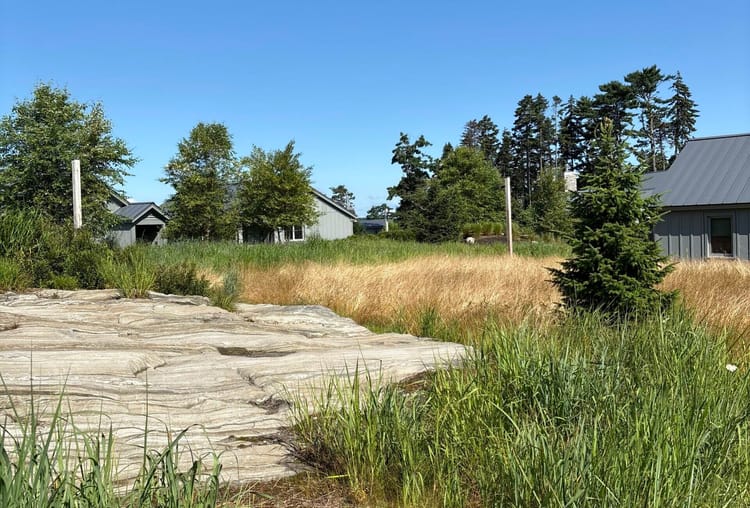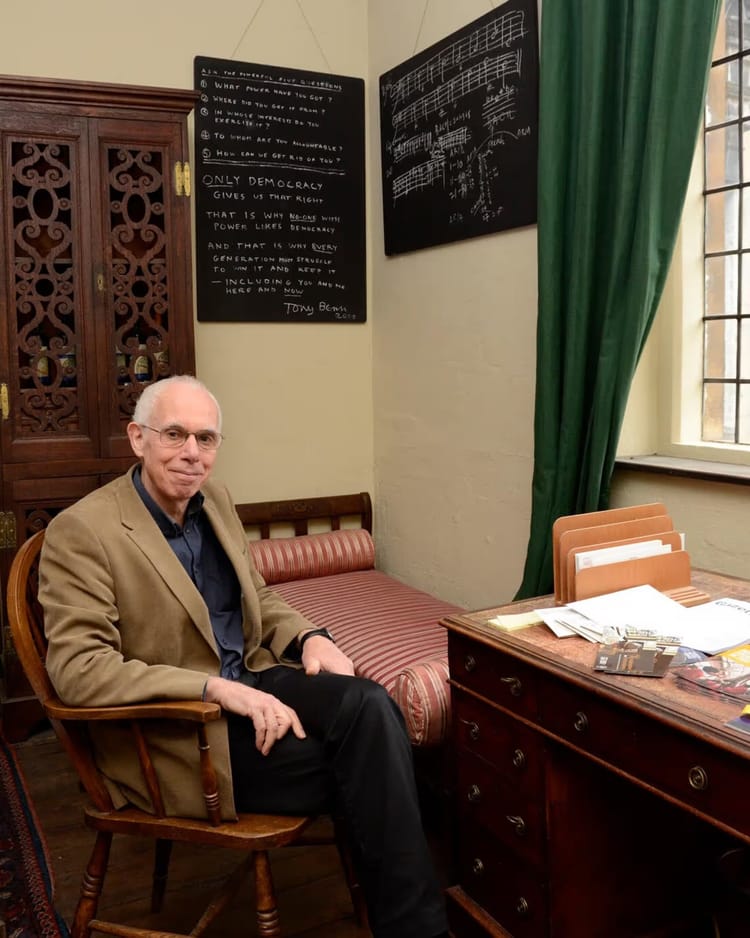Building Histories
I wanted to post this before a new issue came out, but alas I didn't make it in time. In case you missed it, the May 21st New York Times Magazine featured a series of articles on the question of why contemporary architecture, above all other art forms, inspires popular cultural debates. The editors' brief introduction suggests a tie to history. "Buildings aren't always set in stone," they write, "Over the following pages, four illustrations document places with more than one past." (The New York Times Magazine, 21 May 2006, p. 67) In other words, according to The Times, arguments over architecture are really arguments over history.
One article in the four-part series makes a particularly good case for the truth of this equation. In his piece Expanding on Jefferson, Washington College professor Adam Goodheart shows how decades-long disagreements over plans to build a new "South Lawn" at the University of Virginia are grounded in deeper debates about the role the past plays or should play in present-day life. He shows how campus architecture has motivated questions about appropriate modes commemoration and homage—in this case for Thomas Jefferson, founder of UVa and architect of the original Lawn. Ultimately, in Goodheart's analysis, the debate comes down to a historiographical or historiotectural (my term) question: interpretation or imitation?
On one side is the faculty of UVa's Architecture School, who have consitently argued for interpretation. As Professor Ed Ford says:
The New York Times Magazine
On the other side are partisans of immitation, including many prominent alumni, with some persuasive arguements of their own:
The New York Times Magazine
Quotes like this demonstrate how firmly the past is present in UVa's architectural debates, how deeply it's bound up with questions of identity. At the same time, Goodheart shows that these aren't merely local questions. They extend beyond the university and the immediate players both in space and time. On the one hand, Goodheart points a full-page ad placed in the campus newspaper by external supporters of the traditionalist camp (including a representative of Prince Charles's Foundation for the Built Environment). On the other hand, he points to an old issue of Architectural Forum, which even in 1934 observed:
The New York Times Magazine
The built environment, and arguments about it, are thus important places for the popular construction of historical narrative and identity. At UVa and elsewhere, the physical persistence and lasting employment of architecture make the art form a uniquely powerful focus for popular grappling with the past. Of course, this will not come as any great insight to architectural historians or historic preservationists, and nor is it anything really new to me. But being primarily a textual historian and working in this text-based, virtual medium of the blog, it's sometimes easy to overlook the bricks, mortar, and concrete of buildings. Clearly the public does not make the same oversight in constructing its own historical identities. Found History shouldn't either.





Member discussion